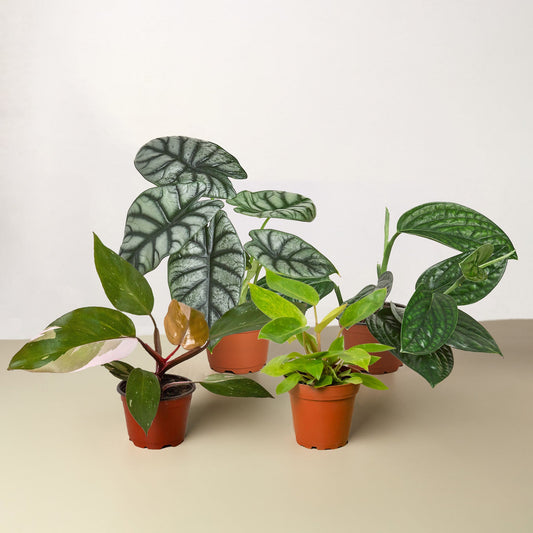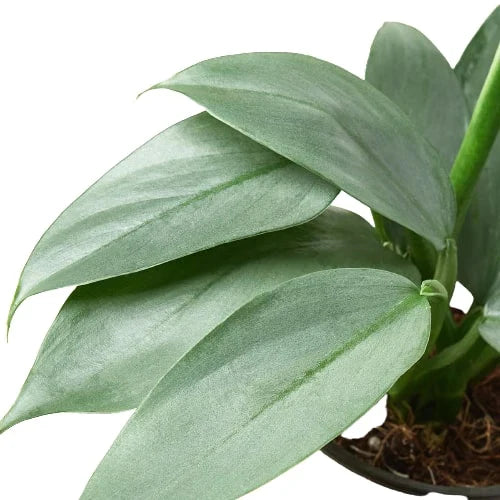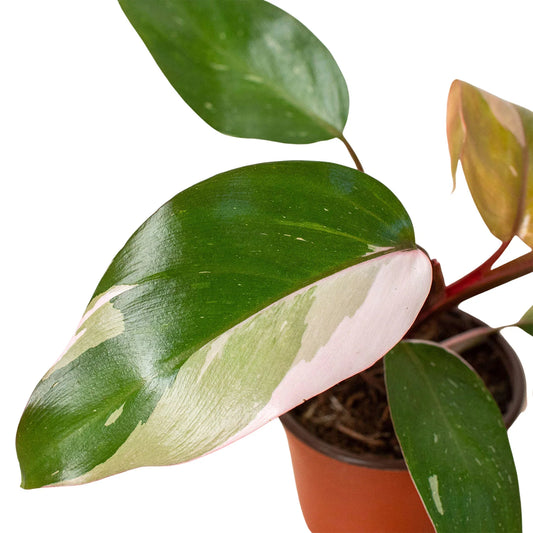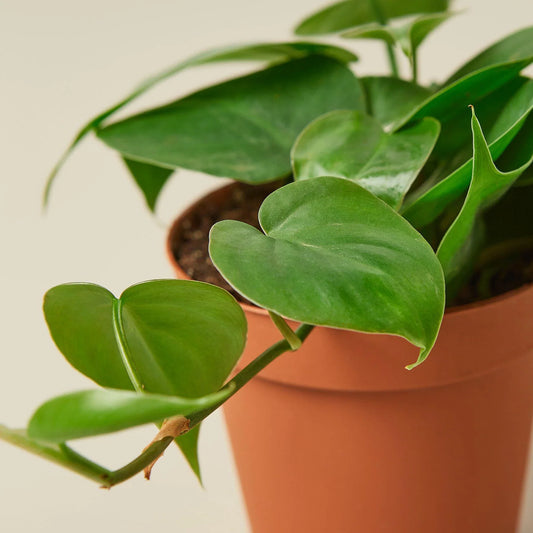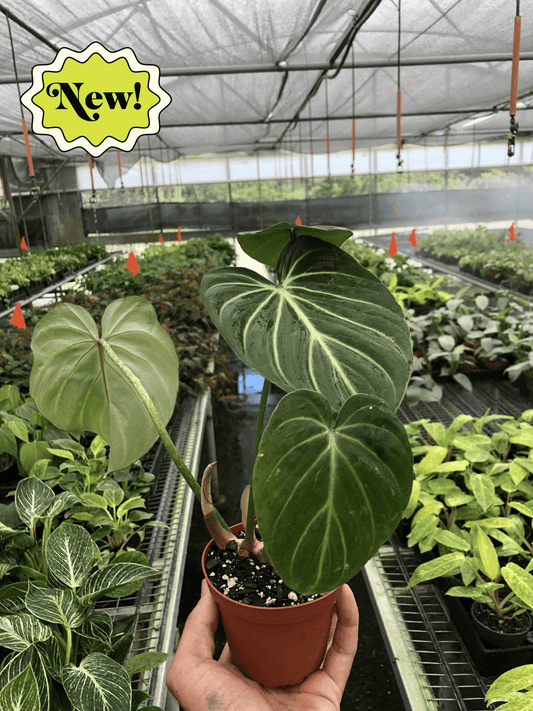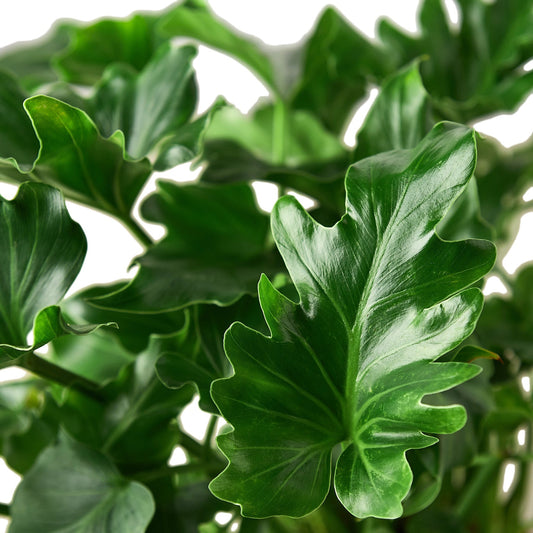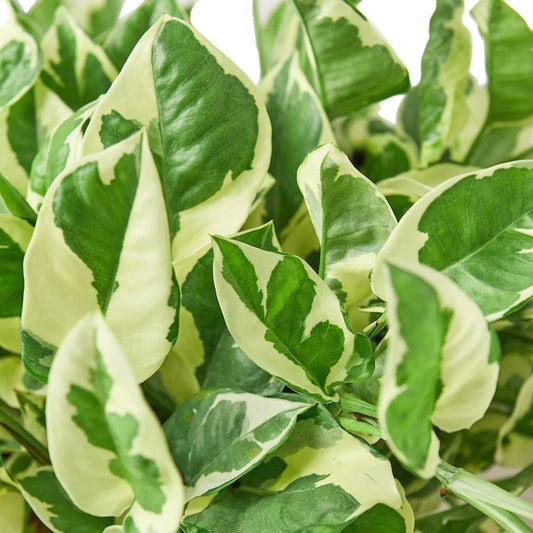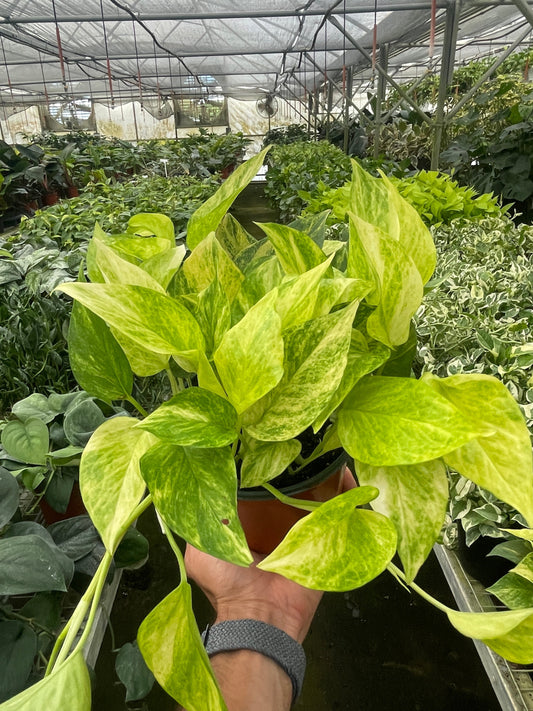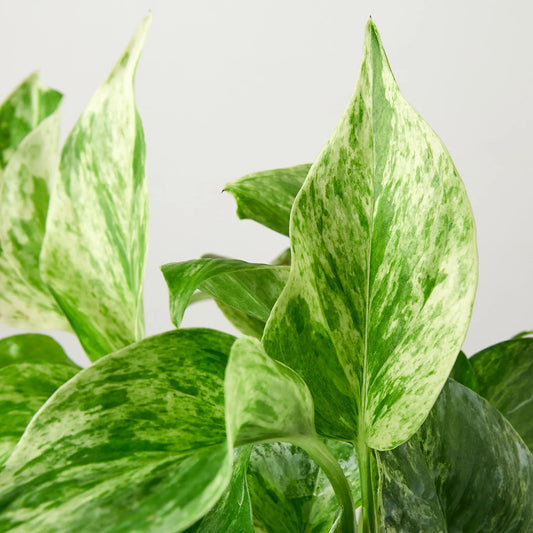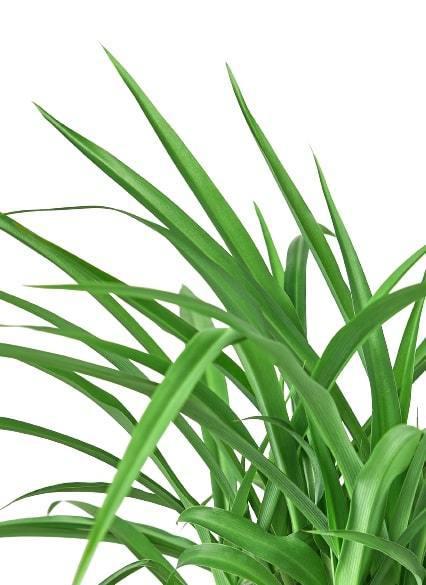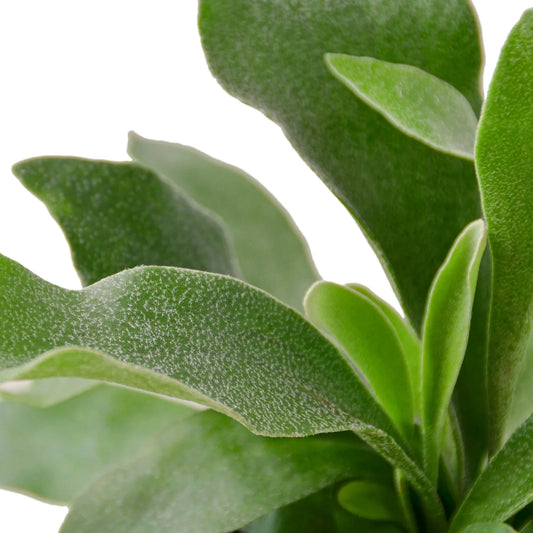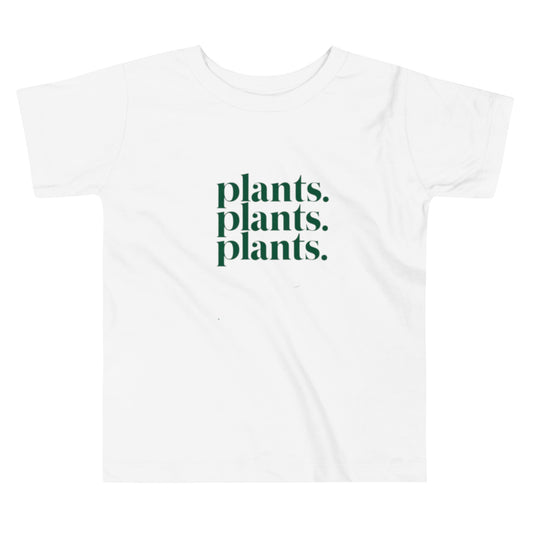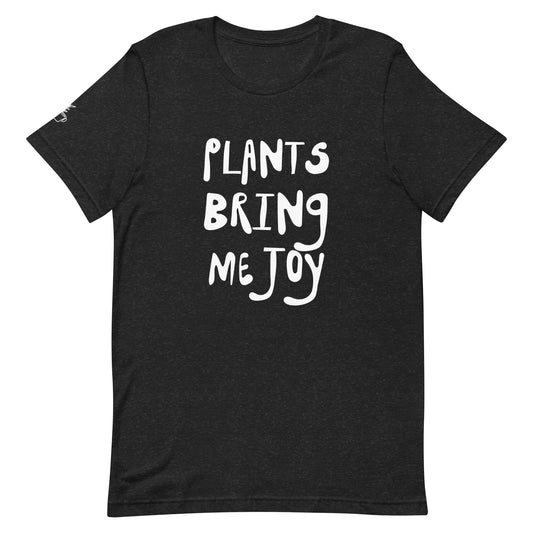How to Grow a Barberton Daisy From Seed
Cafe Planta Team
Barberton daisies, also known as Gerbera daisies, bring a burst of color and cheer to any space. Growing these vibrant flowers from seed is not only a rewarding endeavor but also a fun project for gardeners of all skill levels. These beauties can brighten up your home or garden, making them a popular choice for plant lovers everywhere.
In this article, we'll walk you through everything you need to know to grow Barberton daisies from seed. We'll cover everything from selecting the right seeds to planting, nurturing, and caring for your daisies as they grow. Let’s get started on this colorful journey!
Choosing the Right Seeds
Before you can start growing your daisies, you need to pick the right seeds. Barberton daisies come in a variety of colors, from bright reds and oranges to soft pinks and whites. When choosing seeds, consider the color palette you want to achieve.
Look for seeds from reputable suppliers to ensure quality. Freshness is key, as fresher seeds will have a higher germination rate. You might find seeds labeled as 'Gerbera Daisy' or 'Transvaal Daisy', both of which are synonymous with Barberton daisies.
It’s also worth noting that Barberton daisies can be a bit finicky about germinating. So, if you’re buying seeds in bulk, you might want to sow a few extra just in case some don’t sprout. That said, don’t let this deter you. With a little patience, you'll be rewarded with beautiful blooms.
Preparing Your Supplies
Once you’ve chosen your seeds, it’s time to gather the supplies you'll need for planting. Here’s a handy list to get you started:
- Seed-starting trays or small pots: These will be your daisies' first home.
- Seed-starting mix: A light, well-draining mix is ideal. Avoid heavy garden soil, which can be too dense for seedlings.
- Plastic wrap or a humidity dome: This helps maintain moisture levels while seeds germinate.
- Spray bottle: For gentle watering without disturbing the seeds.
- Labels: It’s easy to forget what you planted, so label your trays or pots with the date and type of seeds.
Having these supplies on hand will make the planting process smoother and more enjoyable. Plus, it sets you up for success as your seeds start to sprout.
Planting the Seeds
Now that you have everything ready, it's time for the exciting part: planting your seeds! Start by filling your seed-starting trays or pots with the seed-starting mix. Gently tap the trays to settle the soil, but avoid packing it down too tightly.
Moisten the soil slightly with your spray bottle before sowing the seeds. This will help the seeds stick to the soil and encourage better contact for germination.
Scatter the seeds over the surface of the soil. Barberton daisy seeds are tiny, so handle them with care. Cover the seeds lightly with a thin layer of soil, just enough to keep them in place. Remember, these seeds need some light to germinate, so don’t bury them too deep.
Once planted, cover your trays with plastic wrap or a humidity dome to retain moisture. Place them in a warm, well-lit area but out of direct sunlight. A sunny windowsill or under grow lights works great.
Germination and Early Growth
Patience is key during this stage. Barberton daisies typically take about 14 to 21 days to germinate. Keep the soil consistently moist but not waterlogged. It’s a bit like baking—just the right amount of moisture is crucial for success.
As seedlings begin to emerge, you’ll notice tiny leaves called cotyledons. These are the seedling’s first leaves and are crucial for absorbing sunlight and kickstarting the plant's energy production.
Once the seedlings have a set of true leaves (the second pair of leaves that look more like adult plant leaves), it’s time to think about thinning them out. This means removing some of the weaker seedlings to give the stronger ones room to grow. It might feel a bit harsh, but it's necessary for healthy plants in the long run.
Transplanting the Seedlings
When your seedlings have a couple of sets of true leaves and are looking strong and healthy, it’s time to transplant them into bigger pots. Choose individual pots that are at least 4 inches in diameter to give them room to grow.
Prepare these pots with a well-draining potting mix. You can use the same mix as before or opt for one with added nutrients to support their growing needs.
To transplant, gently loosen the soil around a seedling and lift it out, taking care not to damage the roots. Place it into a new pot, fill in with soil, and lightly press down to secure the plant. Be gentle—Barberton daisies have delicate root systems.
Water them thoroughly after transplanting to help settle the soil and reduce transplant shock. Place them back in their sunny spot and keep an eye on them as they adjust to their new homes.
Caring for Your Growing Daisies
With your daisies happily transplanted, ongoing care is essential to keep them thriving. Barberton daisies enjoy bright, indirect light. Too much direct sunlight can scorch their leaves, so finding a balance is key.
Water your daisies when the top inch of soil feels dry. They prefer consistent moisture but don’t like sitting in waterlogged conditions. Good drainage is your best friend here.
Feeding your plants is important, too. Use a balanced, water-soluble fertilizer every four to six weeks during the growing season to give them a nutrient boost.
As your daisies grow, they might start to lean towards the light. Give them a quarter turn every week to keep them growing straight and tall.
Dealing with Pests and Problems
Even the best-cared-for plants can encounter pests or problems. Common pests for Barberton daisies include aphids, spider mites, and whiteflies. Regularly inspect your plants for signs of these invaders.
If you notice any pests, a simple solution is to wash them off with a gentle stream of water. For more persistent issues, consider using insecticidal soap or neem oil as a natural remedy.
Fungal issues can also arise, particularly if the plant is kept too moist. Ensure good air circulation around your plants and avoid overhead watering to help prevent these problems.
Remember, no plant is perfect. A few yellow leaves or occasional pests are normal and can usually be managed with a little attention and care.
Encouraging Blooms
Once your Barberton daisies are established, you’ll want to encourage them to bloom. These plants are known for their vibrant flowers, and with the right care, you can enjoy them for months.
Deadheading, or removing spent blooms, is one of the best ways to promote more flowers. When you see a bloom starting to fade, snip it off at the base. This encourages the plant to produce more flowers instead of expending energy on seed production.
Consistent feeding and watering are also crucial. Daisies are heavy feeders, so regular fertilization during the growing season will keep them blooming.
Finally, ensure they’re getting enough light. While they don’t like direct sun, bright indirect light is essential for flower production.
Using Barberton Daisies in Your Space
Once your daisies are blooming, it’s time to enjoy them! Barberton daisies make excellent additions to indoor spaces, adding a pop of color and life to any room. They also work beautifully in outdoor gardens or as part of a mixed container planting.
Consider their color when placing them in your home. They can complement other decor elements or stand out as a striking focal point. In the garden, pair them with other sun-loving flowers for a continuous display of blooms.
Whether you keep them indoors or out, Barberton daisies are sure to bring a smile to your face every time you see them.
Final Thoughts
Growing Barberton daisies from seed is a delightful project that rewards you with spectacular blooms and a sense of accomplishment. By following these steps, you’ll be well on your way to enjoying these cheerful flowers in your home or garden.
At Cafe Planta, we're here to support your plant journey every step of the way. We offer a variety of houseplants, plant care accessories, and plant-themed apparel. If you have any questions, feel free to email us or DM us on Instagram. We believe plants have the power to bring us together and connect us with nature, and we're excited to share this journey with you!








